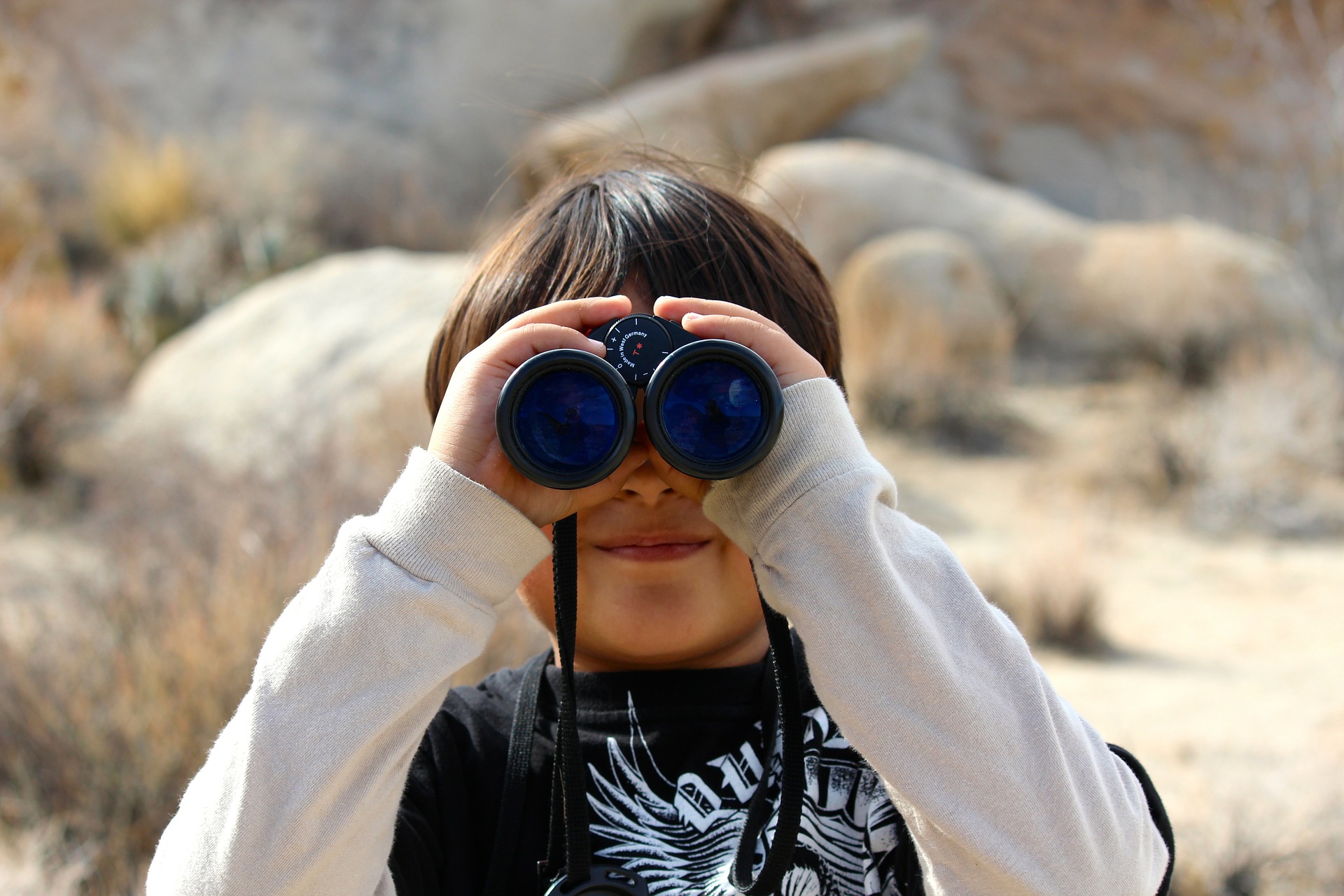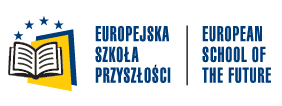The combined effects of rapid urbanization, global warming, and Urban Heat Islands (UHIs; i.e., higher temperatures observed in cities compared to those of the rural surroundings) make the urban residents more vulnerable to the adverse health impacts arising from extreme heat conditions.
The aim of the present project is to increase students’ knowledge and awareness concerning the impacts of urban climate on humans. The students will learn about urban climate characteristics, UHIs and urban-scale climate change, and how these factors affect the human body. They will become “young scientists” examining the local climate in their school neighborhood in terms of meteorological and thermal comfort conditions.
(a) Climate change: Introduction to the new terminology (“climate crisis”), which more accurately reflects the catastrophe experienced by the planet and highlights the seriousness of the issue.
(b) Urban climate: Description of structural, environmental etc. characteristics of an urban area. The problem of widespread urbanization.
(c) Urban Heat Islet (UHI): UHI as the most representative environmental problem due to the climate crisis, which is due to abusive human interference in the local climate.
(d) Urban population: The combined effects of UHI and the most frequent, intense and longer-lasting – due to climate crisis – heat on city dwellers.
(e) Human biometeorology: Thermal comfort as one of the essential prerequisites for good quality of life. The factors of urban climate and the ways in which they affect the thermal balance of the human body and thus the thermal sensation of a person.
- f) School research work: (i) What are the characteristics of the local climate and thermal sensation in the school and surrounding areas? (ii) Are there differences in thermal sensation between two people? (iii) What are the most critical factors in creating these potential differences? (iv) There are areas that could be classified as “hot / cold spots” (areas of increased hot / cold stress). (v) What are the characteristics of these areas that make them “hot / cold spots”? (vi) What measures could lead to mitigation of hot / cold stress in these areas?
Student’s research work:
Students will try to answer the above research questions by performing the following research work:
(a) Record the meteorological conditions in seven (7) selected areas of the school and surrounding areas (see Annex 1).
(b) Recording of the subjective thermal sensation by each student at the seven (7) selected measurement points (see Annex 2).
(c) Calculation of the objective physiologically equivalent temperature (PET) at the seven (7) selected measurement points based on meteorological recordings using specialized software (RayMan).
(d) Editing the data obtained using Microsoft Excel. Analysis and discussion of results. Drawing conclusions.
Recording (a) and (b) will take place by students for at least one (1) day within three months (eg November, January, April) during the school year to take into account seasonality during the analysis of results.
Upper High school students will be given additional meteorological data for the measurement periods, coming from three automatic meteorological stations of the National Observatory of Athens (NSA) / meteo.gr: (i) Athens Center (Gazi) – Urban Station, (ii) Vrilissia – suburban station, (iii) Pallini (School of Ellinogermaniki Agogi ) – rural station. The aim is to study the differences between the meteorological conditions of the three regions and in particular to examine the phenomenon of UHI.
The calculation of the PET index for each measurement period will be carried out by the researcher in charge. The processing of data (d) will be carried out by students in groups of 5-7 persons. At the end of the school year each team will present its research work. The presentation will include the group’s conclusions on thermal conditions in the school environment, as well as its proposals for local climate adaptation measures in the context of a sustainable development plan and response to the climate crisis.










